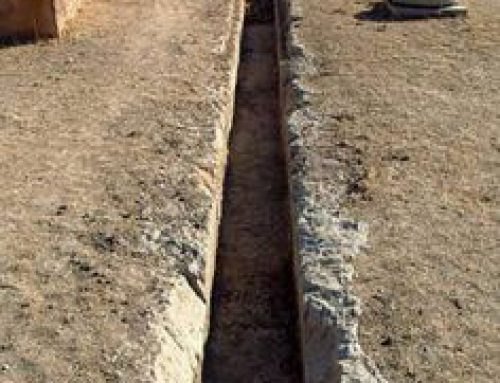
A statue of a worshipper from Mari, on the Euphrates river in Mesopotamia (modern Syria): Early Dynastic period
When is the Early Dynastic period?
Around 2900 BC comes a time period called Early Dynastic, which lasts for about 600 years (there is a good deal of disagreement). It corresponds to the Old Kingdom in Egypt and to the Early Bronze Age in Greece. In the Bible, this would be the time after the flood,
Stone Age Mesopotamia
Egypt’s Old Kingdom
Early Bronze Age Greece
Noah’s Ark in the Bible
All our West Asia articles
What changed in the Early Dynastic period?
The civilization of West Asia continued in more or less the same way as before. Between the Tigris and the Euphrates there were many cities, each laying claim to some of the land around it (and the people who lived on that land). Generally each city had a king, and also a high priest or priestess. Mostly the city council elected the kings. Then the kings chose priests and priestesses. Both the priests and the kings were very powerful, and they had to cooperate with each other in order to rule.
What is a city-state?
West Asian religions

Gilgamesh and his friend Enkidu fight the monster Humbaba, on an Assyrian cylinder seal from the 600s BC
There were a lot of wars
Some of these kings wanted to get power over the other kings, so the city-states were constantly fighting each other. Sometimes one king really did rule over many cities, and the other kings had to do what he said.
Sometimes kings claimed to be in charge, but really nobody listened to them. It is hard now for us to tell which is which.
The first written stories about kings
This is also the time when we first have real written stories about some of these kings. The most famous of these is Gilgamesh, the king of Uruk.
More about Gilgamesh
Go on to the Akkadians
Bibliography and further reading about the Early Dynastic period in Mesopotamia:
Mesopotamia, by Pamela Service (1998). Down to the Persian conquest of the area.
Find Out About Mesopotamia: What Life Was Like in Ancient Sumer, Babylon and Assyria, by Lorna Oakes (2004).
Ancient Mesopotamians, by Elena Gambino (2000). Retellings of Mesopotamian stories and lots of context.
Ancient Egyptians and Their Neighbors: An Activity Guide, by Marian Broida (1999). Not just Egypt! Includes activities about the Sumerians, the Babylonians, the Hittites, and the Nubians.
Ancient Near Eastern History and Culture, by William H. Stiebing (2002). Expensive, and hard to read, but it’s a good up to date account.




